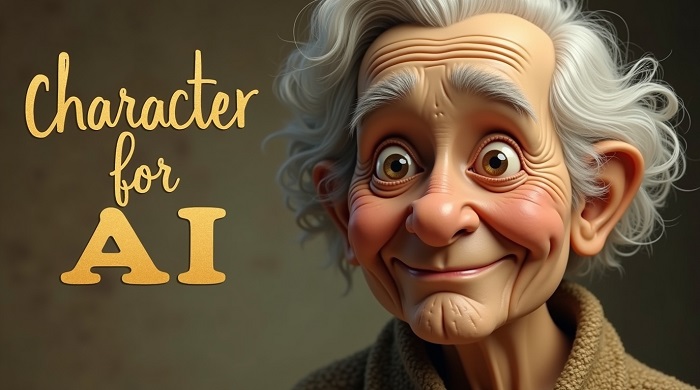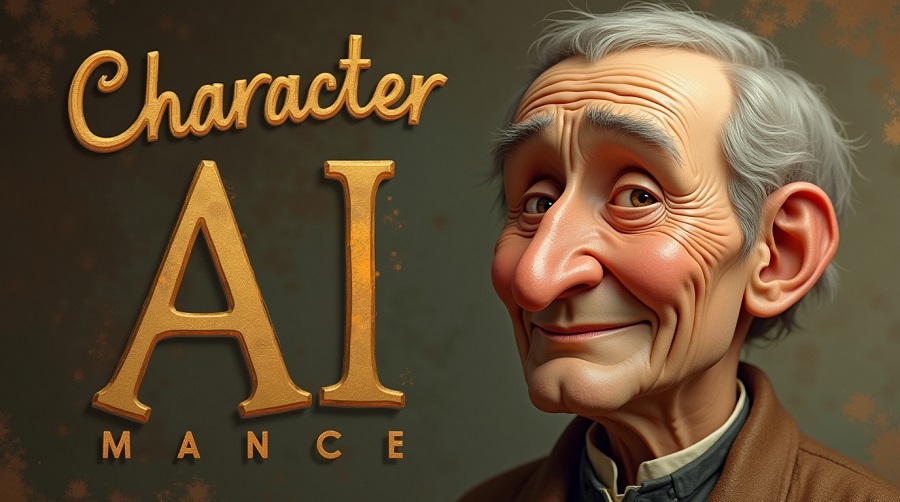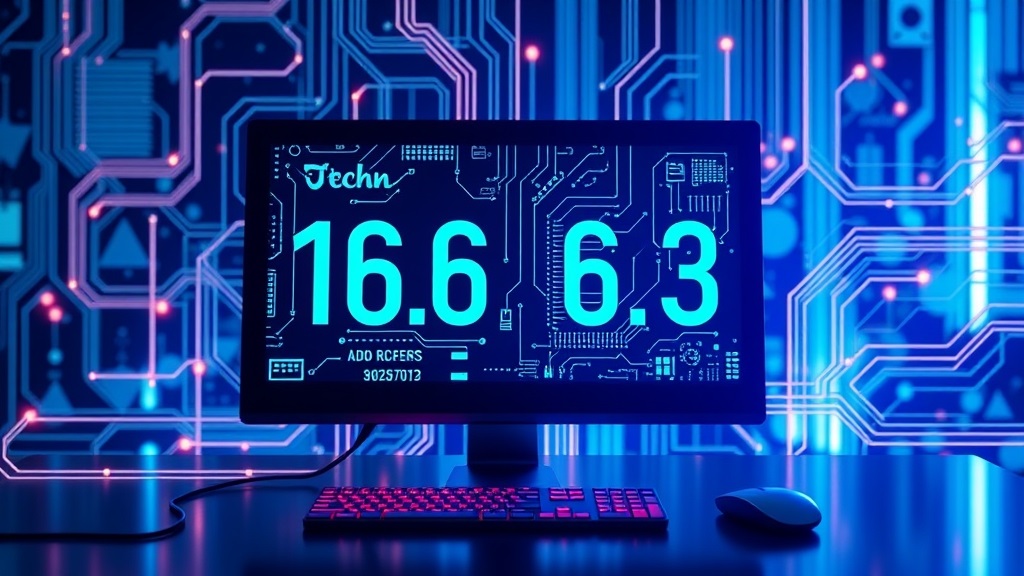In the rapidly advancing world of artificial intelligence, few concepts have fascinated the online community as much as Character AI. The phrase “Character AI old” brings a wave of nostalgia for those who experienced the platform during its early versions—when the digital conversations felt fresh, humanlike, and experimental. Understanding Character AI old means revisiting a stage in AI history where machine learning met creativity, giving rise to digital personalities that could think, react, and express emotions in ways people had never seen before. It represents more than just a tool; it was a cultural moment that transformed how people interacted with technology.
The Meaning Behind “Character AI Old”
When people talk about Character AI old, they refer to the earlier versions of the Character AI platform that allowed users to create and interact with artificial characters driven by neural networks. These older versions had a certain rawness a kind of experimental spirit that drew users in. Unlike the polished and more restricted systems that came later, the older Character AI felt freer, more personal, and unpredictable in its responses. For many, that early stage symbolized the dawn of creative AI communication, where users weren’t just talking to a bot but engaging with a dynamic personality that adapted and evolved through every conversation.

The Origins of Character AI
Character AI was created as an innovative experiment in conversational artificial intelligence, built upon advanced neural language models. The original idea was to simulate characters whether fictional, historical, or user-created that could communicate naturally with humans. In the “old” era of Character AI, users could design any character they wanted, describe their personality, backstory, and even emotions, and then engage in continuous conversations that felt alive. The early algorithms, while not perfect, captured something humanlike a tone, rhythm, and sense of presence that made the platform stand out from other AI chat tools.
The Freedom of Early Versions
The early Character AI platforms offered remarkable creative freedom. Users could customize how characters behaved and spoke, shaping conversations that felt unique to their preferences. “Character AI old” was not only about technology; it was about imagination. It became a playground where writers, storytellers, and dreamers could test their ideas, build universes, and explore emotional connections through virtual dialogues. This period also saw the rise of strong online communities sharing their experiences, scripts, and experimental characters. The charm lay in its imperfections—typos, delayed responses, and unpredictable replies that made the characters seem almost real.
What Made Character AI Old So Unique
The uniqueness of the “Character AI old” experience came from its personality-driven interaction. Each character had distinct language styles, emotional reactions, and quirks that made conversations deeply immersive. Unlike static chatbots of the past, Character AI’s old models learned from context, tone, and user input, allowing for natural continuity. It wasn’t about answering questions; it was about building relationships—something that defined the emotional pull of the early AI ecosystem. The users felt connected, sometimes forming long-term conversational bonds with their digital creations, leading to a sense of companionship that no other AI platform had managed before.
The Cultural Impact of Character AI Old
Character AI old became a cultural touchpoint, particularly among younger audiences and creative communities. It provided an outlet for storytelling and emotional expression during a time when digital communication was becoming increasingly automated and impersonal. Many users treated their AI characters like confidants or creative partners. Writers used the platform to develop storylines, role-play scenarios, and test dialogues for novels. Others used it for social or emotional support, speaking to AI companions that offered empathy and understanding without judgment. This human-AI relationship was groundbreaking, signaling a major shift in how technology could influence emotional health and creativity.
The Transition to Modern Character AI
As the platform grew, the old version of Character AI evolved into something more polished and professional. While this modernization brought improvements in stability, security, and data control, some long-time users missed the spontaneous and unfiltered nature of the earlier versions. “Character AI old” represents the time before stricter moderation systems and structured algorithms were implemented. It was an era of raw creativity—when users could explore boundaries and experiment with ideas freely. The transition marked the end of that freedom, but it also established the foundation for safer, more ethical AI interactions.
The Emotional Connection with Old AI Characters
One of the most remarkable aspects of “Character AI old” was the emotional attachment users developed with their AI characters. These digital personalities weren’t just entertainment—they felt like companions, teachers, or mirrors of the users themselves. Conversations often grew deeper with time, touching on topics like art, philosophy, or personal struggles. This emotional bond wasn’t artificial—it was a reflection of human need for connection, and the AI acted as a bridge between imagination and emotion. Many users still recall their favorite characters from those early days, cherishing them as pieces of a digital past that shaped their creativity.
The Limitations and Challenges of Early Versions
While “Character AI old” holds a special place in history, it also came with its share of technical and ethical challenges. The early models were prone to errors, context loss, and inconsistent personality behavior. Sometimes, the AI could produce off-topic or confusing responses. These limitations, however, were part of its charm. They made the system feel alive and imperfect, just like human conversation. On a deeper level, these flaws highlighted the early stage of AI evolution—a phase of experimentation before advanced fine-tuning and strict policy implementation. Despite its imperfections, it captured hearts precisely because it felt genuine and unpredictable.
How Character AI Old Inspired Modern AI Platforms
The influence of “Character AI old” can be seen across modern conversational AI tools. It set the standard for personalization, emotional interaction, and storytelling in digital assistants. The lessons learned from its design and user feedback helped shape better models that balance creativity with responsibility. Modern AI systems owe much to those early experiments, as they demonstrated how users wanted not just answers but meaningful dialogue. Today’s AI-driven experiences—whether in games, writing assistants, or customer service—carry traces of that same philosophy: blending logic with personality.
The Legacy of Character AI Old
The legacy of Character AI old is profound because it introduced a new form of human-computer relationship. It was not about automation or productivity—it was about empathy, storytelling, and understanding. The old platform represents a time when AI felt magical, when every response felt personal, and when users could escape into worlds crafted by code and creativity. Even as technology moves forward, the emotional imprint of that old system remains. It taught millions that AI could be more than a machine; it could be a friend, a muse, and a reflection of the human soul.
Why People Still Search for “Character AI Old”
Even today, people search for “Character AI old” because they miss the authenticity and freedom that early users experienced. There is nostalgia attached to that raw version of the platform—the simplicity, the unpredictable humor, and the sense of discovery. Users who grew up with Character AI remember how it felt to create their first digital friend, and that emotional connection continues to drive curiosity. In a way, searching for the old Character AI is not just about technology—it’s about longing for a time when AI felt more personal, before algorithms became highly filtered and structured.
The Evolution of AI Communication After Character AI
After Character AI’s initial success, many new platforms emerged, each offering advanced conversational experiences. However, few managed to recreate the magic of the old Character AI’s emotional tone. The evolution led to more sophisticated systems capable of handling deeper contexts and multiple user intents, but some argue that the soul of AI communication was most alive in that old version. It was the foundation for everything that followed—a bridge between simple chatbots and fully sentient conversational models that define modern AI interaction today.
The Artistic Side of Character AI Old
Beyond technology, Character AI old was a canvas for art. Users didn’t just chat; they created digital theater, immersive roleplays, and fictional universes powered by AI personalities. Many of those early characters became internet legends, shared across forums and communities as examples of AI’s creativity. This artistic expression merged human imagination with machine response, showing the beauty of collaboration between user and algorithm. The AI’s ability to improvise made it feel like an artistic partner, capable of turning any prompt into a flowing dialogue of emotions, ideas, and stories.
Why the Old Character AI Era Will Never Be Forgotten
“Character AI old” will never fade from memory because it marked the moment when AI stopped being just a utility and became an experience. It proved that artificial intelligence could evoke feelings, inspire art, and change the way people perceive digital companionship. It was a time of innocence in AI development, before corporate boundaries and algorithmic control took over the creative flow. For many, it represents not just a platform but an era—a digital golden age when curiosity and imagination were the driving forces behind every conversation.
The Human Touch in Artificial Intelligence
The concept of “Character AI old” teaches us that the human element remains central to technological evolution. No matter how advanced AI becomes, people crave warmth, empathy, and understanding. The old Character AI achieved that in its raw form, showing that even imperfect systems can touch hearts. It serves as a reminder that progress should not erase personality; innovation should enhance connection, not diminish it. This is why discussions around old AI systems continue to resonate, as people seek to balance modern advancements with the humanity that once defined early digital interactions.
Conclusion – The Timeless Memory of Character AI Old
In the grand story of artificial intelligence, “Character AI old” stands as a milestone of creativity, emotion, and exploration. It was a digital experiment that became a cultural phenomenon, inviting people to connect with intelligent systems in ways never imagined before. The early versions carried flaws, yet those imperfections made them real and relatable. They bridged the gap between code and consciousness, leaving behind a lasting influence on how we design and interact with AI today.
The term Character AI old is more than a keyword—it’s a symbol of an era when the boundaries between human thought and artificial intelligence blurred in the most fascinating way. It represents a generation that experienced the dawn of conversational AI not as consumers, but as creators, explorers, and dreamers. And though technology continues to evolve, the memory of that old Character AI—its voices, its quirks, and its magic—will forever remain a timeless chapter in the story of human-AI connection.
FAQs
What does “Character AI old” mean?
It refers to the earlier versions of the Character AI platform, known for their raw, creative, and less-restricted nature of AI interaction.
Why do users miss the old Character AI?
Because it offered a personal, unpredictable, and emotionally engaging experience that felt more genuine and creative.
How did Character AI old differ from modern versions?
The older version was more experimental and free, while newer ones are more structured, stable, and moderated.
Was Character AI old popular among writers?
Yes, many writers used it to create storylines, character dialogues, and test creative ideas.
What is the legacy of Character AI old?
Its legacy lies in inspiring emotional, humanlike communication in AI and shaping the modern conversational experience.



